How to make a good pizza
At Atlantic Equipment, we help customers to get the best out of their hospitality business. Check out our range of catering equipment & pizza supplies.
History and Real Pizza
Pizza has been around for a very long time and for sure, it was the Neapolitans who invented it! We must not forget that in Italy when we say pizza, we think Neapolitan pizza!
We start talking about pizza from the years 1715 to 25: it’s a kind of very simple pancake that is easily eaten…
In the 19th century, the fame of pizza went beyond Naples, then Italy to reach the United States (which makes American pizza) and the whole world, hence the very wide variety of recipes and products used.
So much so that in an attempt to keep its authenticity, the recipe for the “Pizza Napoletana” STG, the “real” pizza is registered Official Journal of the European Union of February 14, 2008, and describes in detail how to make it in the rules.
So here is how to make a pizza at home in 3 steps:
THE DOUGH
The recipe for handmade pizza dough is simple; to the robot on a stand, it’s much less tiring!. You can also do it at the MAP with the kneading function quite simply; we then take it out of the device and spread it by hand…
The ingredients of the dough
First of all, as often in the kitchen, simplicity is key and the right products make the right pizza! flour, yeast, water, salt, olive oil.
-The flour to be used is “baking” flour with “strength”, to make a good elastic and extensible dough. The best is of course Italian flour, in particular, the “farina d’America” Manitoba, a flour particularly rich in gluten (= proteins whose molecules form a network allowing to retain the bubbles of carbon dioxide resulting from the degradation of sugars and by the same to obtain the lifting of the dough and its good aeration). It can be found: online here
- Baker’s yeast: a cube of fresh yeast, or dry yeast… your choice
Of course, you can use exclusive basic T55 flour, but to give a “plus”: 300 g of T55 flour and 200 g of Manitoba flour is a good compromise.
For information: you can of course use your homemade sourdough to make a good pizza dough. It is still necessary to have some ready and you should know that the rising times are much longer than with baker’s yeast… But there, we find the really traditional taste of sourdough… I put the recipe here.
The dough work
Knead to make a ball, be careful to flour your hands well because it sticks…
When the dough has risen, you have to crush it with your hands to “degas” it.
Then we divide it into small balls (= the dough pieces): make dough pieces that fit in the palm of the hand (between 180 and 250 g)
With 500 g of flour, you get a dough of around 780 g, which makes it possible to make 4 balls of around 195 g (i.e. 4 pizzas the size of a plate). You can also make 3 dough pieces of about 250 g for 3 large pizzas.
To roll out the dough, you need a little dexterity (because there is no rolling pin!): you spread each piece of dough by hand, turning and turning the dough on a floured surface until you obtain the desired dough and let it rise for another 30 minutes. min.
If you are looking to buy pizza equipment for your shop, feel free to visit one of the following categories: Spiral dough mixers & Pizza Ovens in Sydney.

Filling
The real Napoletana pizza
It is available in only 3 versions:
Marinara pizza is the oldest (1734) and the simplest: tomato, garlic, oregano, and olive oil.
Margherita pizza dates back to 1889. It is famous because it was given to Queen Margaret of Savoy.
How do we recognize it? it is in the 3 colors of Italy: red, white, and green crushed tomatoes, mozzarella, olive oil, and basil.
In fact, there are 2 versions of the Margherita pizza with a variation in the filling using fresh tomatoes and mozzarella campana.
The tomato
The top is the most natural tomato puree possible or fresh tomato.
Mozzarella
The real mozzarella is the mozzarella di buffala Campana PDO since 1996…
Extra Virgin olive oil will be used to sprinkle the filling before cooking, turning according to tradition!
We will be careful not to put any filling on the edges so as to have a small rim of dough.





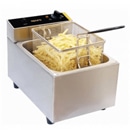









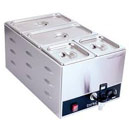









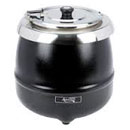
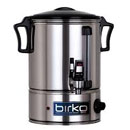
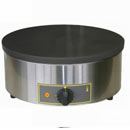















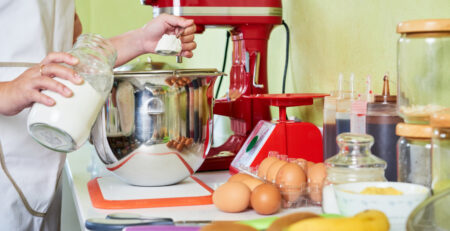




Leave a Reply